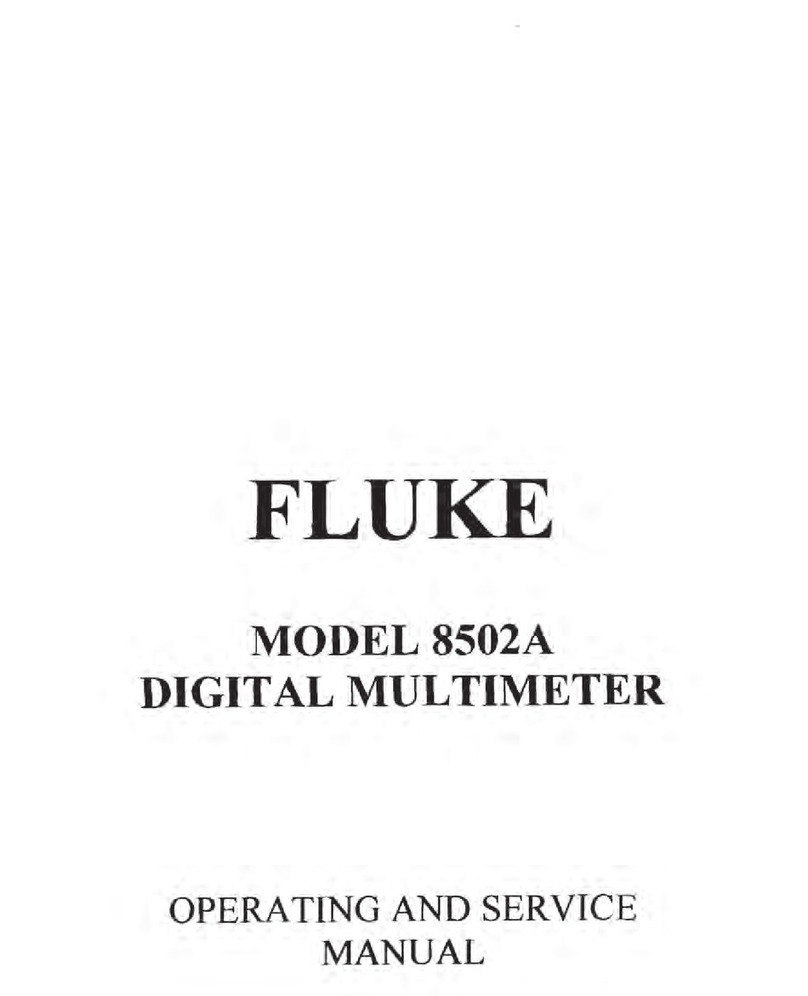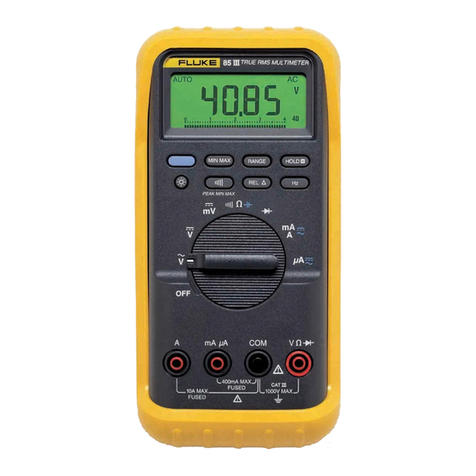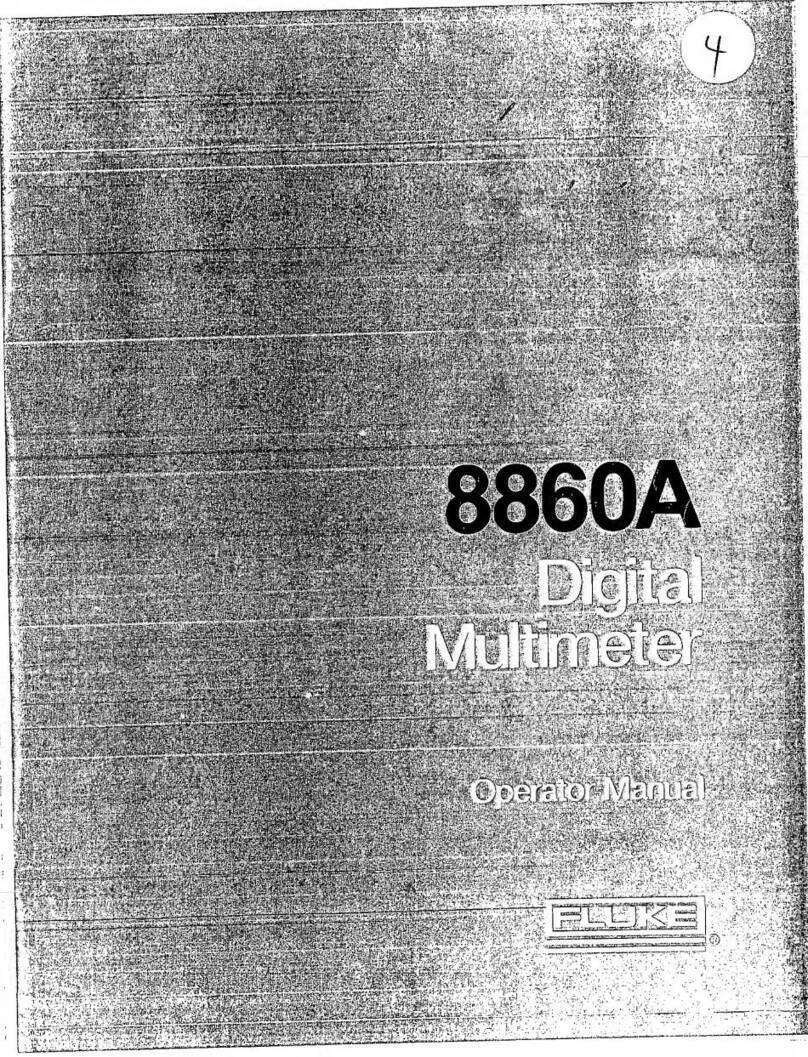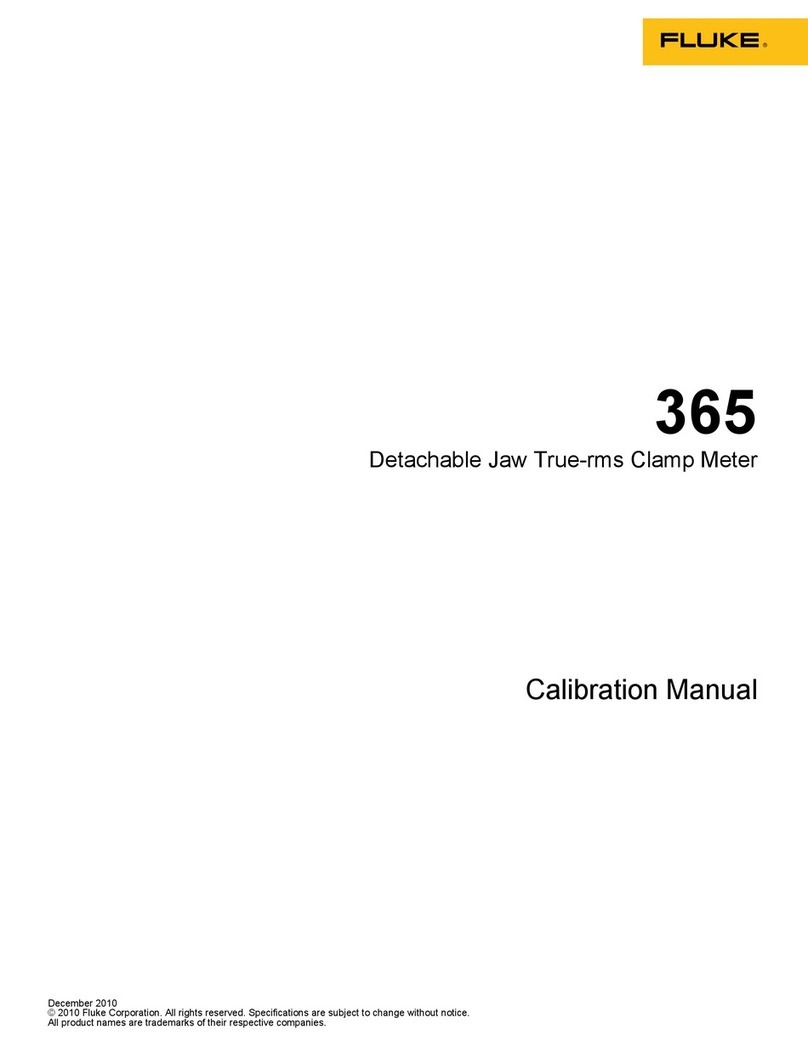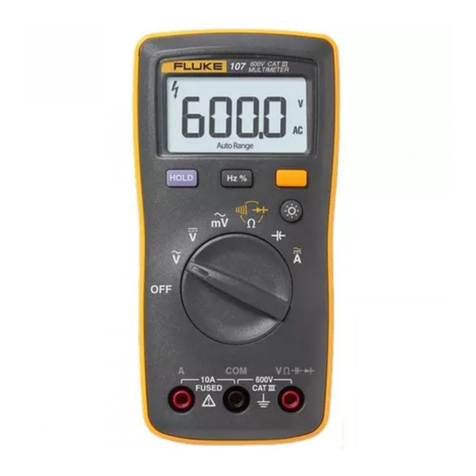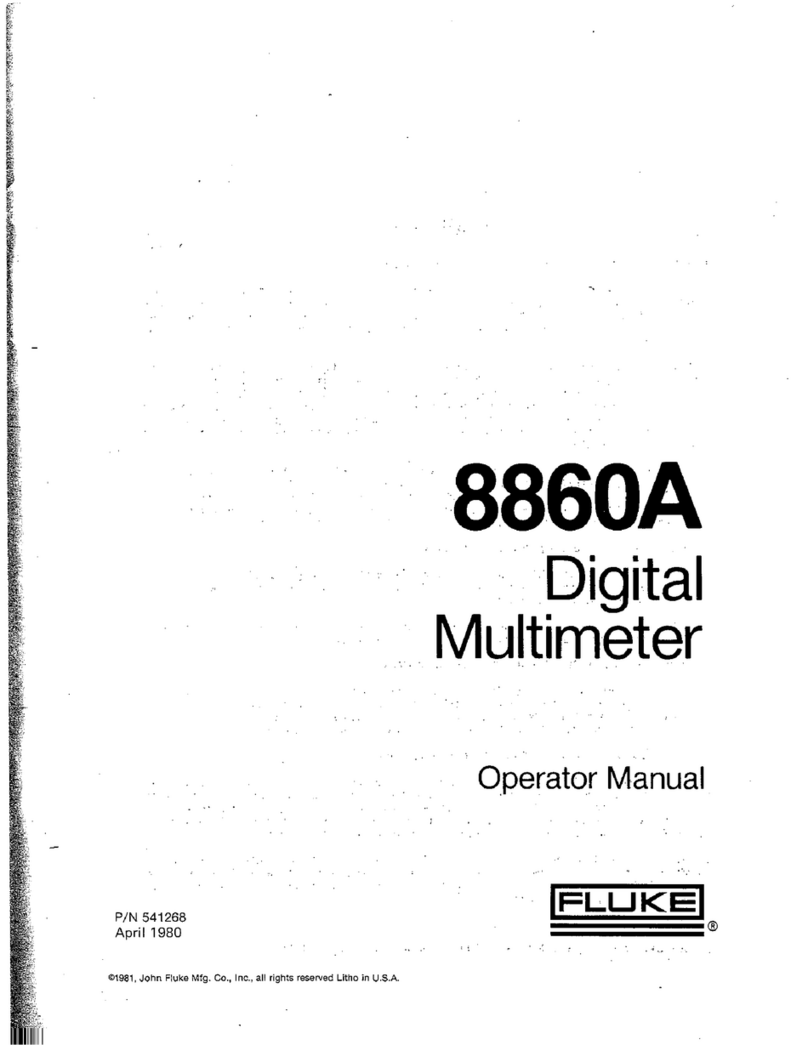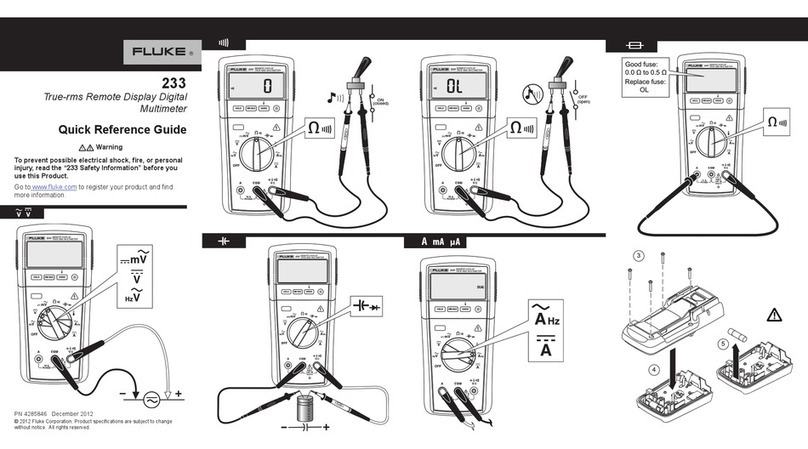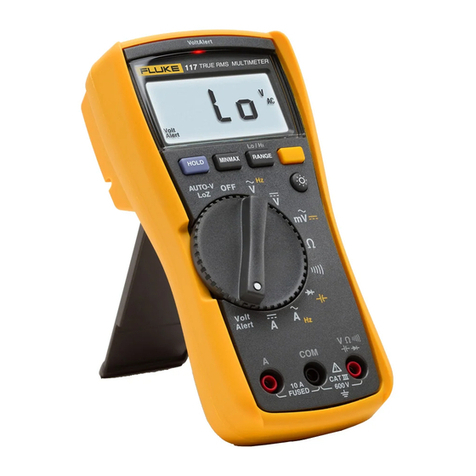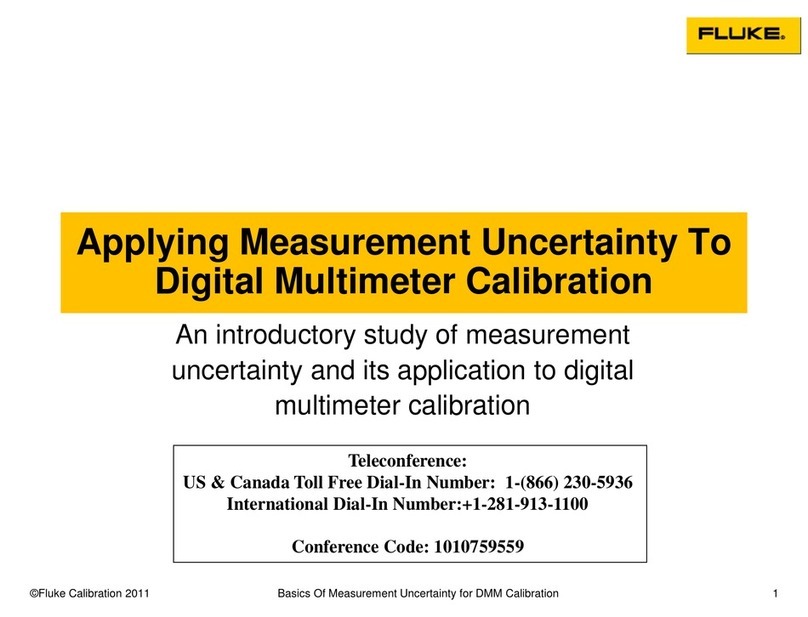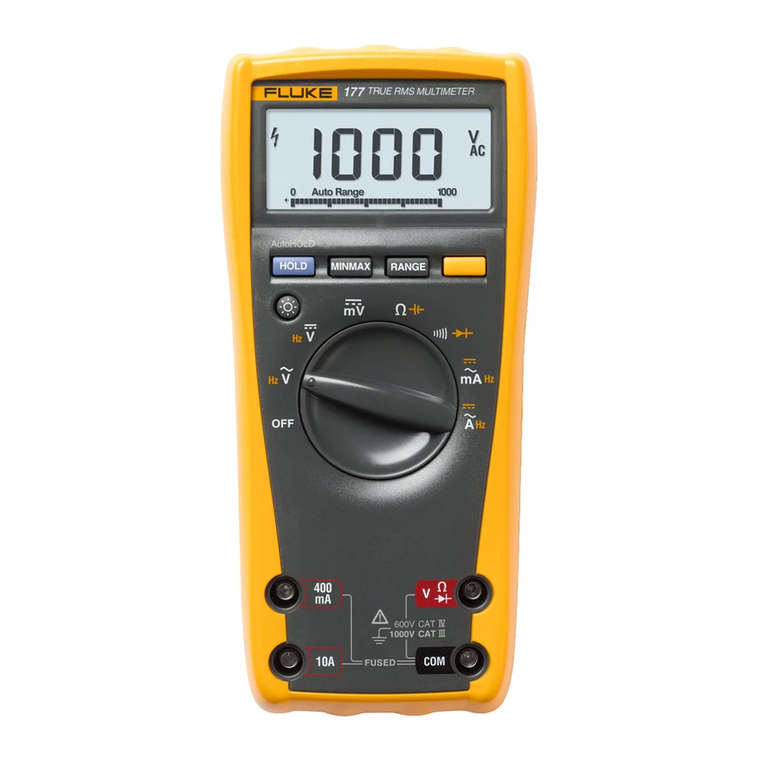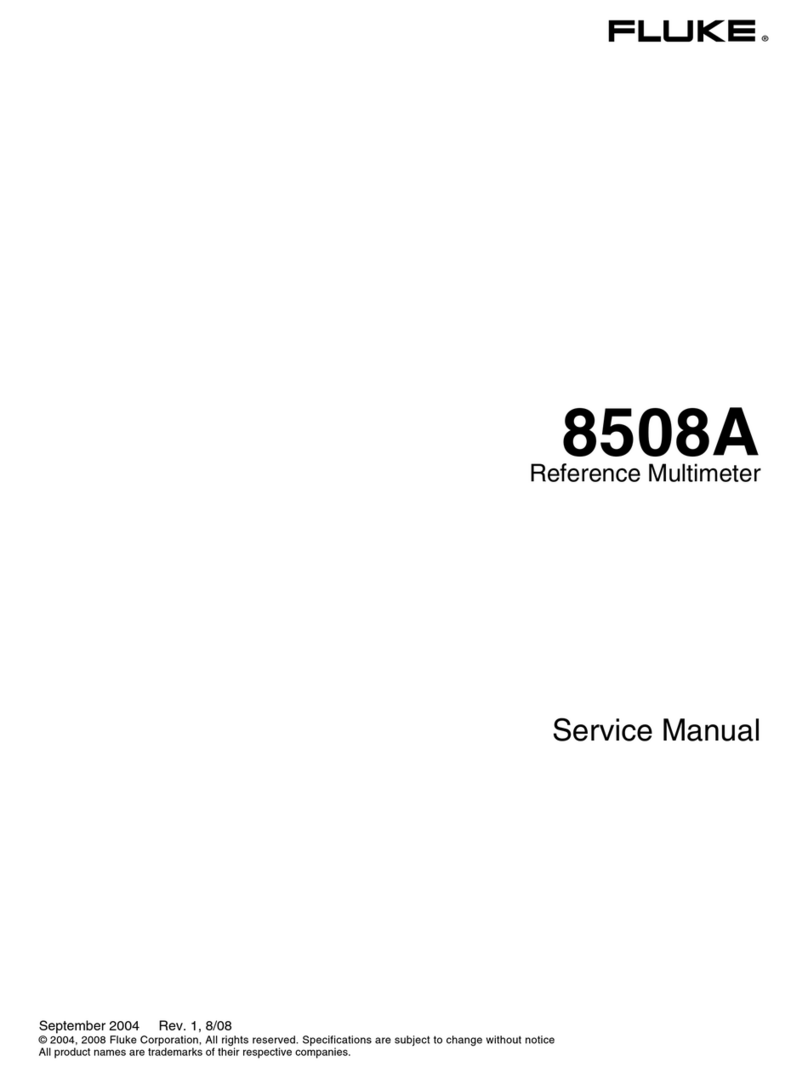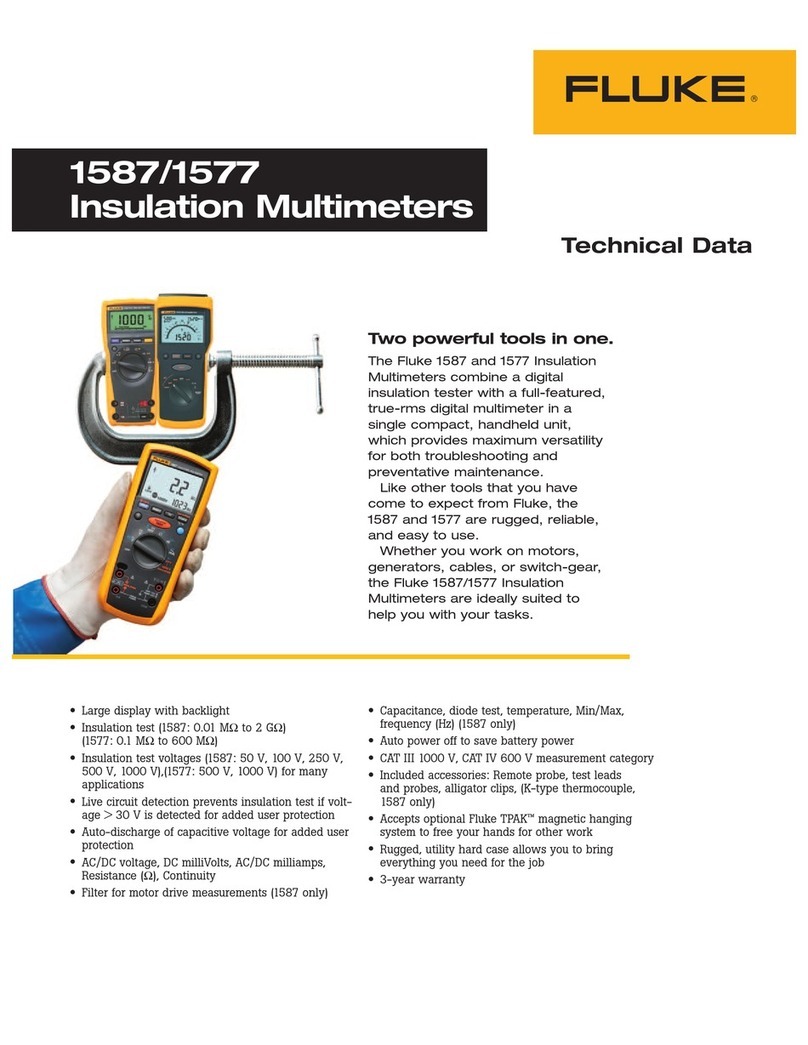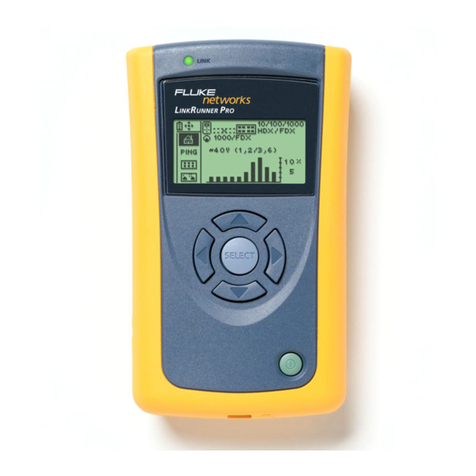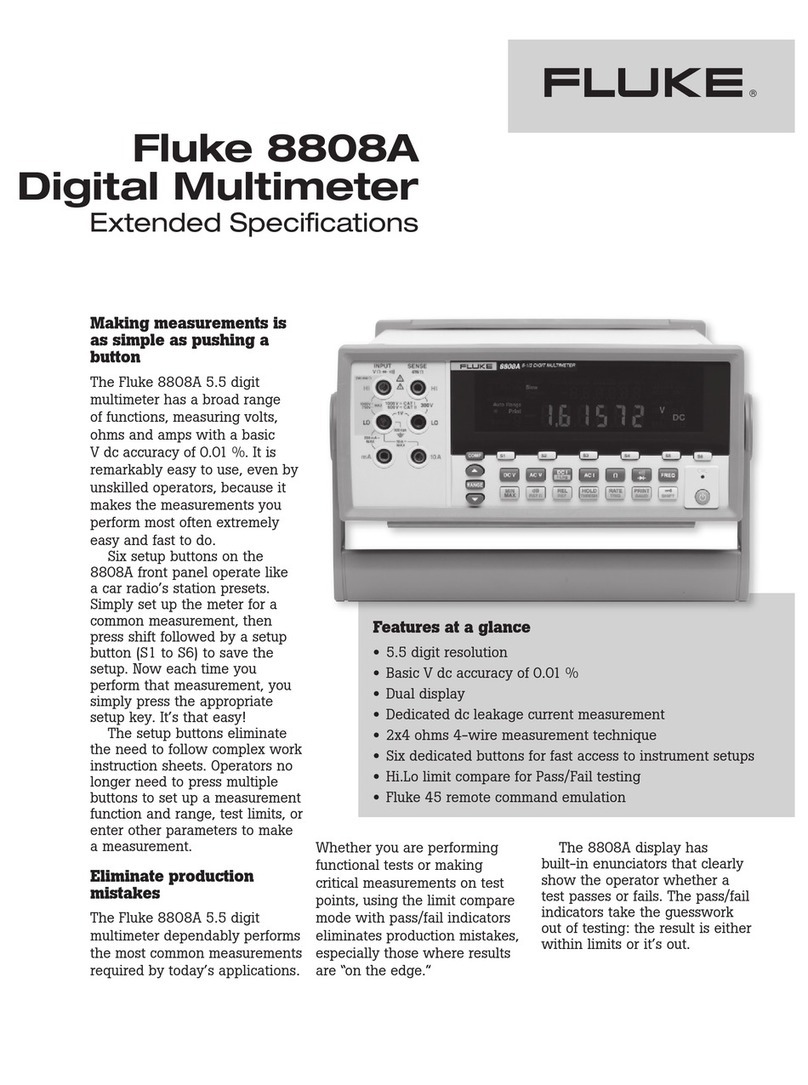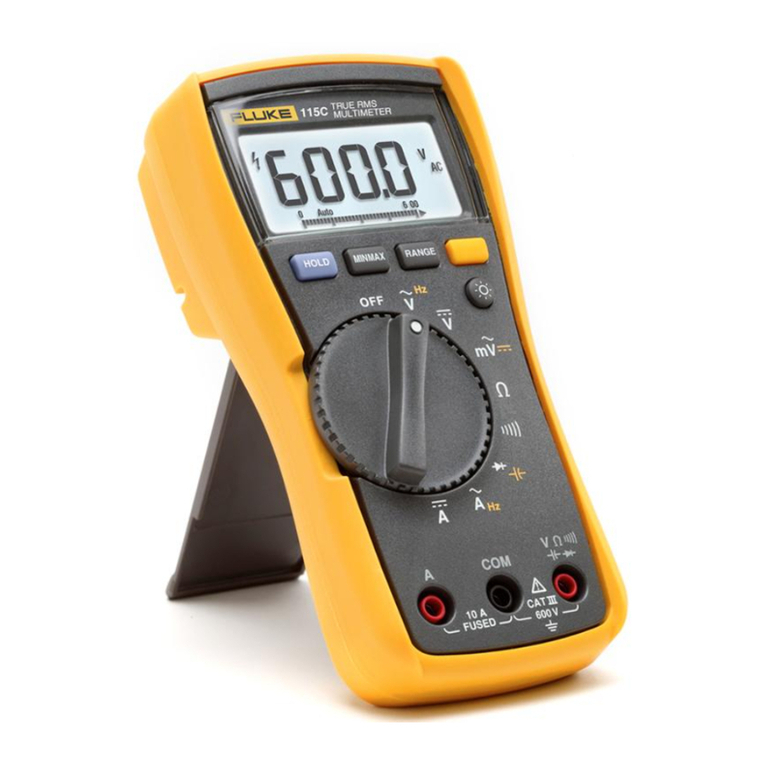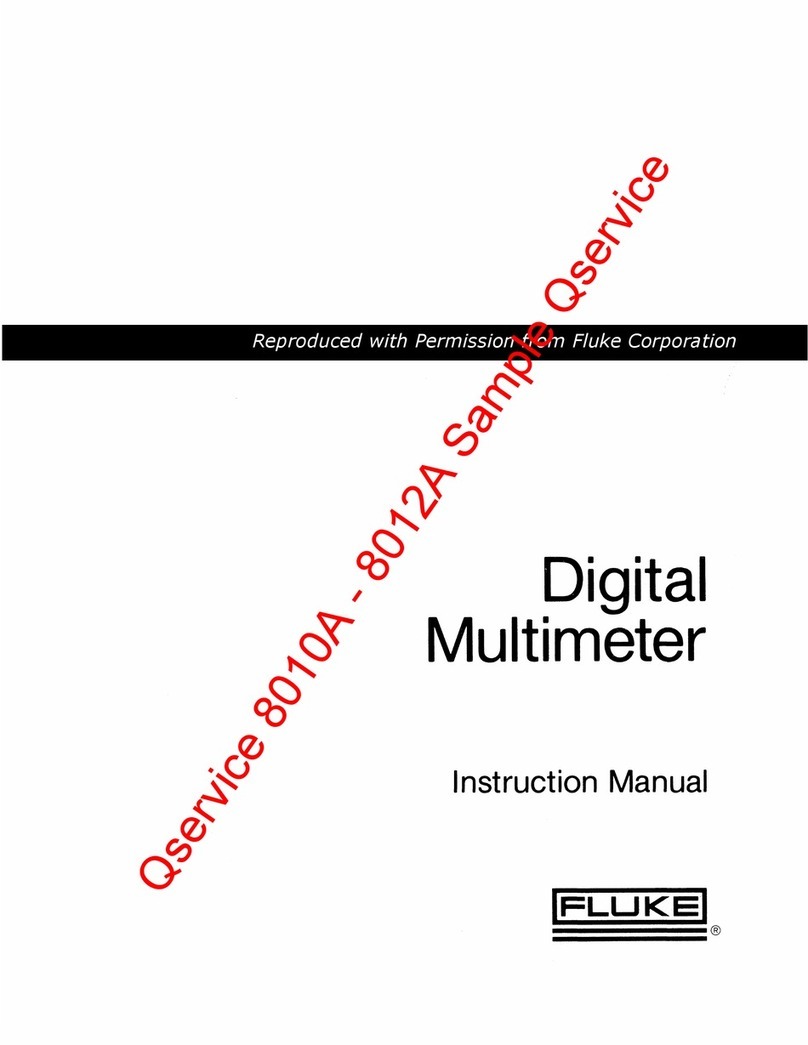
MPS450
Operators Manual
ii
Adjusting the ECG Amplitude ...................................................................... 2-4
Adult and Pediatric ECG ............................................................................... 2-5
Adjusting the ST Segment............................................................................. 2-6
Simulating ECG Artifact ............................................................................... 2-7
Pacemaker Waveforms.................................................................................. 2-8
Adjusting Pacemaker–Spike Amplitude........................................................ 2-9
Adjusting Pacemaker–Spike Width............................................................... 2-9
Arrhythmia Functions ........................................................................................ 2-10
Atrial Fibrillation........................................................................................... 2-10
Atrial Flutter .................................................................................................. 2-11
Sinus Arrhythmia........................................................................................... 2-11
Missed Beat ................................................................................................... 2-12
Atrial Tachycardia (AT) ................................................................................ 2-12
Paroxysmal Atrial Tachycardia (PAT) .......................................................... 2-13
Nodal Rhythm ............................................................................................... 2-13
Supraventricular Tachycardia........................................................................ 2-13
Premature Atrial Contraction (PAC) ............................................................. 2-14
Premature Nodal Contraction (PNC)............................................................. 2-14
Premature Ventricular Contractions .............................................................. 2-15
Multifocal PVCS ........................................................................................... 2-16
PVCS: 6, 12, or 24 Per Minute...................................................................... 2-16
Frequent Multifocal PVCS ............................................................................ 2-17
Bigeminy and Trigeminy............................................................................... 2-17
Multiple PVCS: Paired PVCS; Run 5 PVCS; Run 11 PVCS........................ 2-18
Ventricular Tachycardia ................................................................................ 2-19
Ventricular Fibrillation.................................................................................. 2-19
Asystole (Cardiac Standstill)......................................................................... 2-20
Heart Block: First, Second, and Third Degree .............................................. 2-20
Bundle-Branch Block .................................................................................... 2-21
ECG Testing ...................................................................................................... 2-22
Running a Performance Wave....................................................................... 2-22
Adjusting Performance-Wave Amplitude ..................................................... 2-23
R-Wave Detection ......................................................................................... 2-24
Setting R-Wave Rate ..................................................................................... 2-24
Setting R-Wave Width .................................................................................. 2-25
Setting R-Wave Amplitude ........................................................................... 2-26
Blood Pressure Function.................................................................................... 2-27
Setting BP Sensitivity.................................................................................... 2-27
Zeroing BP Channels..................................................................................... 2-28
Setting Static-Pressure Levels ....................................................................... 2-29
Running a Dynamic Waveform..................................................................... 2-31
Adding Respiration Artifact to the BP Signal ............................................... 2-32
Simulating the Swan-Ganz Procedure........................................................... 2-34
Cardiac Output................................................................................................... 2-36
Setting Up For a Cardiac-Output Test........................................................... 2-36
Simulating a Cardiac-Output Test ................................................................. 2-37
Injectate Failure and Left-To-Right Shunt .................................................... 2-37
Simulating Output From a Calibrated Pulse Signal....................................... 2-38
Fetal / Maternal ECG (Option) .......................................................................... 2-39
Simulating a Fixed Fetal Heart Rate (Fhr) .................................................... 2-39
Simulating a Periodic FHR With Intrauterine Pressure (IUP)....................... 2-40
3 Other Functions................................................................................... 3-1
Introduction........................................................................................................ 3-3
Respiration ......................................................................................................... 3-3


